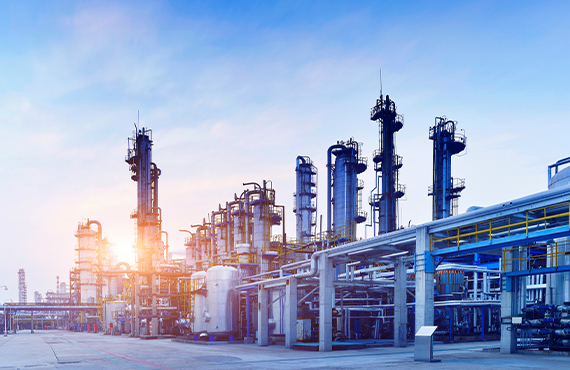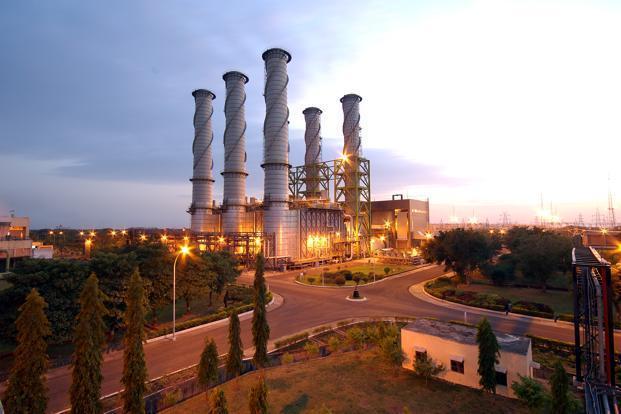Natural gas prices, which are used to produce electricity, fertilizer, and CNG to fuel automobiles, increased sharply by 40% on Friday to record highs in line with a global firming up of energy prices.
An order from the Petroleum Planning and Analysis Cell of the Oil Ministry increased the price paid for gas generated from old fields, which account for around two-thirds of all gas produced in the nation, from USD 6.1 per million British Thermal Units to USD 8.57 per million BTUs (PPAC).
The order stated that the price of gas from challenging and more recent fields, such as those in the deepsea D6 block in the KG basin, managed by Reliance Industries Ltd. and its partner bp plc, was increased to USD 12.6 per mmBtu from USD 9.92.
Also Read: Vladimir Putin announces annexation of four Ukrainian districts
These are the highest pricing for managed/regulated fields and free-market areas, such as ONGC’s Bassein field off the coast of Mumbai (such as the KG basin). Additionally, since April 2019, rates have increased three times. This rise is a result of rising benchmark worldwide pricing.
Inputs such as gas are used to produce energy as well as fertilizer. Additionally, it is transformed into CNG and pumped into residential kitchens for use in cooking. Higher rates for CNG and piped natural gas (PNG), which has increased by over 70% in the last year, are likely to result from a sharp jump in pricing.
Every six months, on April 1 and October 1, the government sets the price of gasoline based on rates common in countries with gas surpluses like the US, Canada, and Russia in a year with a lag of one quarter. Therefore, the price for the period of October 1 to March 31 is based on the average price between July 2021 and June 2022. During this time, international interest rates skyrocketed.

The government has established a committee to review the pricing formula since increasing gas prices could potentially feed inflation, which has been stubbornly over the RBI’s tolerance zone for the past eight months.
The team, led by former planning commission member Kirit S. Parikh, was instructed to submit a report by the end of September with a “fair pricing to the end-consumer” recommendation. The government had developed a formula for locally produced gas in 2014 using pricing in nations with gas surpluses.
Up until March 2022, the rates predicted by this method were moderate and occasionally less than the cost of production, but beyond that point, they spiked rapidly, reflecting the increase in worldwide rates following Russia’s invasion of Ukraine.
From April 1, the cost of gas from old fields—which is primarily produced by state-owned companies like ONGC and Oil India Ltd.—was more than quadrupled to USD 6.1 per mmBtu. Similar to this, starting on April 1, the prices paid for gas from challenging fields like Reliance’s deep-ocean KG-D6 increased to USD 9.92 per mmBtu from USD 6.13 per mmBtu.
By 2030, the government plans to increase natural gas’s proportion in the primary energy mix from its present 6.7% to 15%. Prices for fields managed by ONGC and Oil India Ltd. are set using a volume-weighted average of the prices in force over a 12-month period for US-based Henry Hub, Canadian Alberta gas, UK-based NBP, and Russian gas.
Also Read: Xi Jinping led Martyrs Day commemorations prior to CPC meetings
A slightly modified method is used for challenging fields, like as finds in deep-water, ultra-deep-water, and high pressure/high temperature regions, by factoring in the price of LNG, which also skyrocketed in 2021. Difficult fields are those that Reliance-BP operated.
According to sources, cities like Delhi and Mumbai would likely see an increase in the cost of CNG and piped cooking gas as a result of the rising gas prices.
Additionally, it will increase the cost of producing electricity, however customers might not notice a significant increase in costs given how little power is produced using gas currently. Similar to how the cost of making fertilizer will climb, an increase in rates is unlikely because the government subsidizes the crop nutrient.

